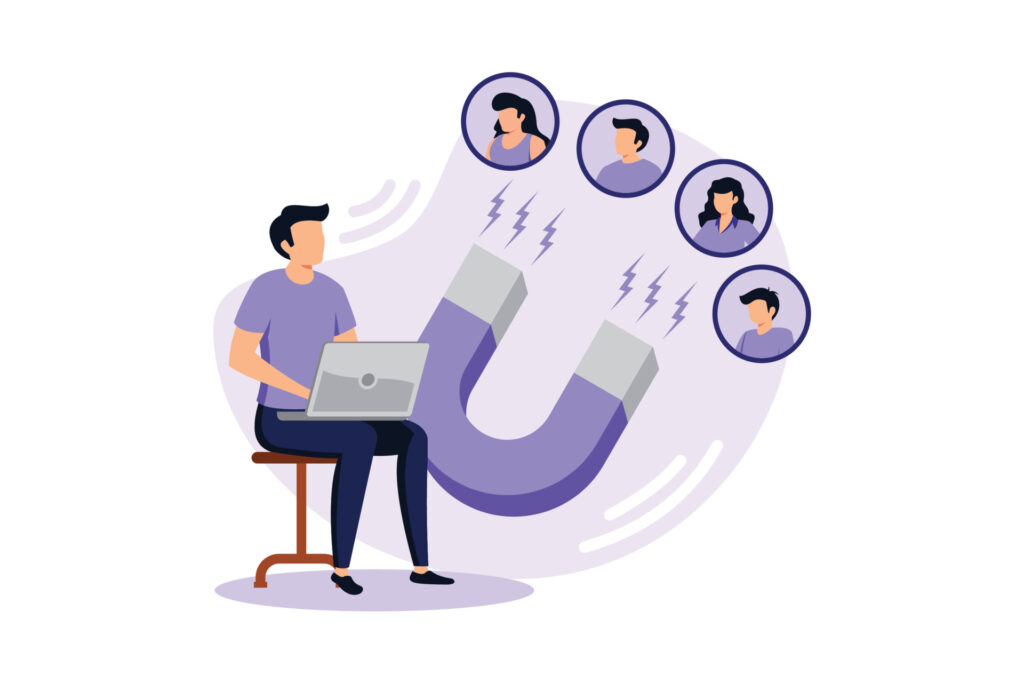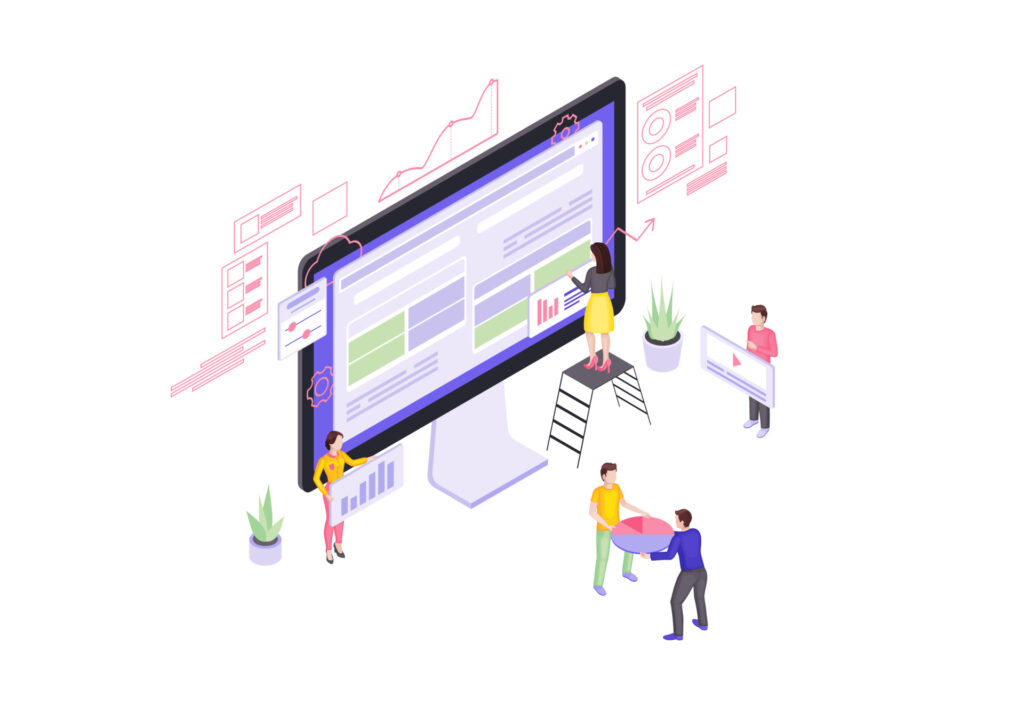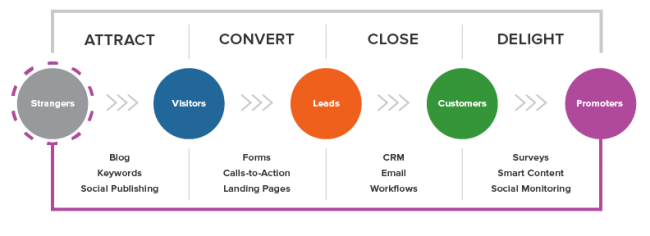
Are lead generation services as effective than buying leads?
Lead generation servies will attract new customers, nurture them, and convert them into revenue
The process of attracting potential customers to your business, nurturing them, and converting them into paying customers has proven to be more effective than simply buying leads.
Before we start discussing the ins and outs of the lead generation process, it’s crucial to understand what a lead is clearly. A lead has shown interest in your company’s products or services. It can be an individual who has interacted with your website, filled out a form, or contacted you via email or phone. A lead can be someone still in the early stages of the buying process, researching options and gathering information, or ready to make a purchase decision.

Understanding the types of leads and where they are in their customer lifecycle is essential to creating targeted and effective lead-generation strategies.
The key is to tailor your approach to each type of lead, providing them with the right content and information at the right time to nurture them into becoming loyal and paying customers.
Lead generation involves identifying and cultivating potential customers for your business. Before embarking on the lead generation process, it is crucial to understand the different types of leads available. Here are some of the most common types of leads:
- Marketing Qualified Leads (MQLs): These are contacts who have engaged with your marketing team’s efforts but have yet to be ready to receive a sales call. MQLs have shown some interest in your product or service, but they may still be in the research phase.
- Sales Qualified Leads (SQLs): These are contacts who have taken actions that indicate their interest in becoming paying customers. SQLs have moved past the research phase and are closer to making a purchase decision.
- Product Qualified Leads (PQLs): These are contacts who have used your product and taken actions that demonstrate their willingness to become paying customers. PQLs have already experienced your product’s value and are more likely to convert into paying customers.
- Service Qualified Leads: These are contacts or customers who have shown interest in becoming paying customers by indicating to your service team. Service Qualified Leads may have interacted with your customer support team or signed up for a free trial of your service.
By understanding the different types of leads and their characteristics, you can tailor your lead generation strategies to target the right audience and nurture them throughout their customer lifecycle.

Lead Generation Process: attract, convert, close, and delight.
The lead generation process begins by attracting visitors to your business through various channels such as blog posts, job applications, online content, live events, and coupons. The aim is to generate interest in your business, nurture the leads and convert them into paying customers. The diagram below shows the four steps involved in lead generation: attract, convert, close, and delight.

Generating leads is an integral part of an individual’s journey to becoming a delighted customer. Inbound lead generation is more effective than buying leads since it involves warming up potential customers to your business and getting them on the path to eventually making a purchase. This process occurs after you have attracted an audience and are ready to convert visitors into leads for your sales team.
In conclusion, the above points highlight the Inbound lead generation is a highly effective approach that focuses on creating interest in your business and drawing customers towards it rather than interrupting them with unwanted phone calls or emails. By understanding the different types of leads and their stages in the customer lifecycle, businesses can tailor their strategies to effectively engage with potential customers and move them along the sales funnel.
Creating high-quality content is a crucial part of inbound lead generation, as it provides value to potential customers and helps build trust and authority. Businesses must also leverage various channels and platforms, such as social media and email marketing, to reach their target audience and nurture leads over time. By implementing a lead scoring system, businesses can prioritize their efforts and focus on the leads most likely to convert.

The importance of developing effective lead-generation strategies to attract potential customers, nurture them, and convert them into paying customers.
It is essential for businesses to continuously analyze and optimize their lead generation strategies to stay ahead of the competition and adapt to changing market conditions. Effective lead generation requires a deep understanding of customer behavior, preferences, and pain points. Businesses can effectively attract and convert potential customers into paying customers by conducting thorough research and continuously testing and iterating their strategies.
In today’s highly competitive market, having a solid lead generation strategy is critical for business success. Businesses can effectively attract and convert potential customers, drive revenue growth, and achieve long-term success by focusing on inbound lead generation, creating high-quality content, leveraging various channels, implementing lead scoring, and continuously optimizing their strategies.

